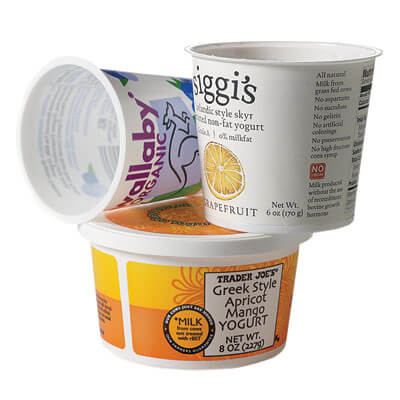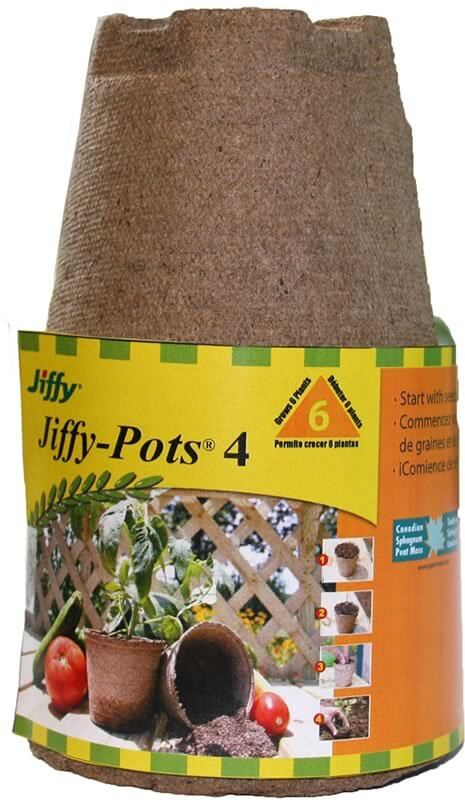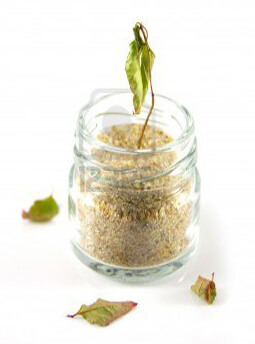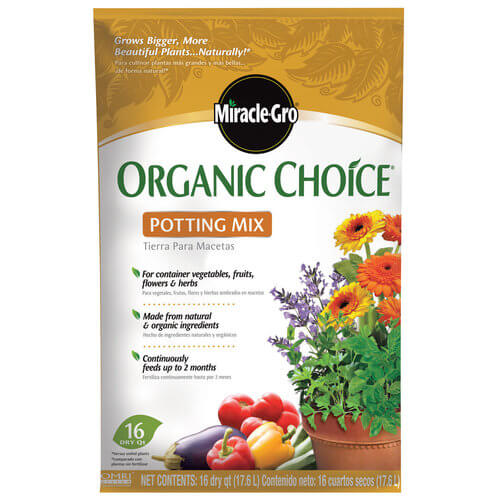So I’ve recently made my first truly earnest attempts at starting a garden. I’ve done gardens off an on for years but I’ve always had significant help from my garden seasoned family and bought the plants already started from the local hardware store.
Two years ago I attempted to grow tomatoes and peppers from a seed kit my husband bought me, but that was also a miserable failure. Once again, trip to Ace Hardware.
I started some seeds several weeks ago, but again, made some lousy mistakes. So I’m starting over and sharing with you these mistakes of how NOT to start a garden.
Soil selection
Containers
 Do not use itsy bitsy containers to start your seeds in. You can, but then the plants will need transplanted into larger containers anyway. Otherwise they risk becoming root bound or run out of nutrients from too little soil. Plants need at least 3 inches of soil to grow in. Larger plants, like melons, tomatoes and okra will quickly outgrow small containers. The fewer times a plant is transplanted and the less it is handled the better chance it has at survival.
Do not use itsy bitsy containers to start your seeds in. You can, but then the plants will need transplanted into larger containers anyway. Otherwise they risk becoming root bound or run out of nutrients from too little soil. Plants need at least 3 inches of soil to grow in. Larger plants, like melons, tomatoes and okra will quickly outgrow small containers. The fewer times a plant is transplanted and the less it is handled the better chance it has at survival. Do not use plastic containers without first cutting a small hole in the bottom. The plants need good drainage and the roots will rot if there’s not adequate circulation.
Do not use plastic containers without first cutting a small hole in the bottom. The plants need good drainage and the roots will rot if there’s not adequate circulation.Planting
Do not use dry fluffy soil. By that I mean make sure the soil is moist and slightly pushed into the containers. Otherwise the seeds can fall down too far in the pots and not have enough light to germinate.
Do not “overplant” the seed. Different seeds need to be at different depths in the soil to properly grow. Most plants will have depth guides on the back of the seed packet but if not the smaller the seed, the less soil is needed to cover it. Very tiny seeds need to be sown on the surface because light is required for germination. Eggplant seeds aren’t that small, but still require light for germination. If unsure how deep to plant, place the seed twice as deep as its diameter.
Germination
Growth
Do not place the plants too far from your light source. If you’re using grow lights instead of a very sunny, warm windowsill, they need to be no more than a few inches away from the soil’s surface. If the lights are too far, then the plants will have to stretch to reach it and may fall over. As the plants grow you can move the lights higher.
Do not keep your grow lights on for more than 16 hours. The plants need about an 8 hour rest period for proper growth. If possible, lower the room temperature during this rest period to about 60 degrees, as this more closely mimics natures cycle.
Do not overwater or under water the plants. The soil should be kept adequately moist at all times. Because the plants are so close to their light source, they will need watered 2-4 times a day. During germination the plants can be watered with a misting bottle, but after sprouting the containers can be watered from the bottom. Pour some water into the tray the plant containers are in so the roots can drink it up, this will also help combat mold growth. Plants that receive too much water can rot or grow mold. If mold appears on the containers, cut back on watering. Keeping covers on the plants past germination can also cause mold growth.
Do use a fan to circulate the air around the new plants. A gentle breeze isn’t absolutely necessary, but it helps to strengthen the plant stalks.
By following these tips and learning from my mistakes, hopefully you can join me in successfully starting a garden this year.
My next post will be on when to start a selection of common vegetables. Ideally most seeds should have already been started, but its still not too late to begin!


